Are your portion sizes ruining your weight loss goals?
By Louise Belle BHSc (Nut Med)
Are you struggling to lose weight? Do you feel as though you are eating all the right things but still not seeing results? When embarking on a weight loss journey, it is important to be fully equipped with all the knowledge you need to achieve your health goals. By this stage you are aware that eating copious amounts of ice cream, donuts, cream biscuits and cake will likely cause you to gain weight, and will not do your waist line any favours. You will have made the switch to healthier alternatives to beat the bulge. But, as the saying goes “too much of a good thing can be a bad thing”. You may be eating all the right things, but have your portion sizes all wrong.
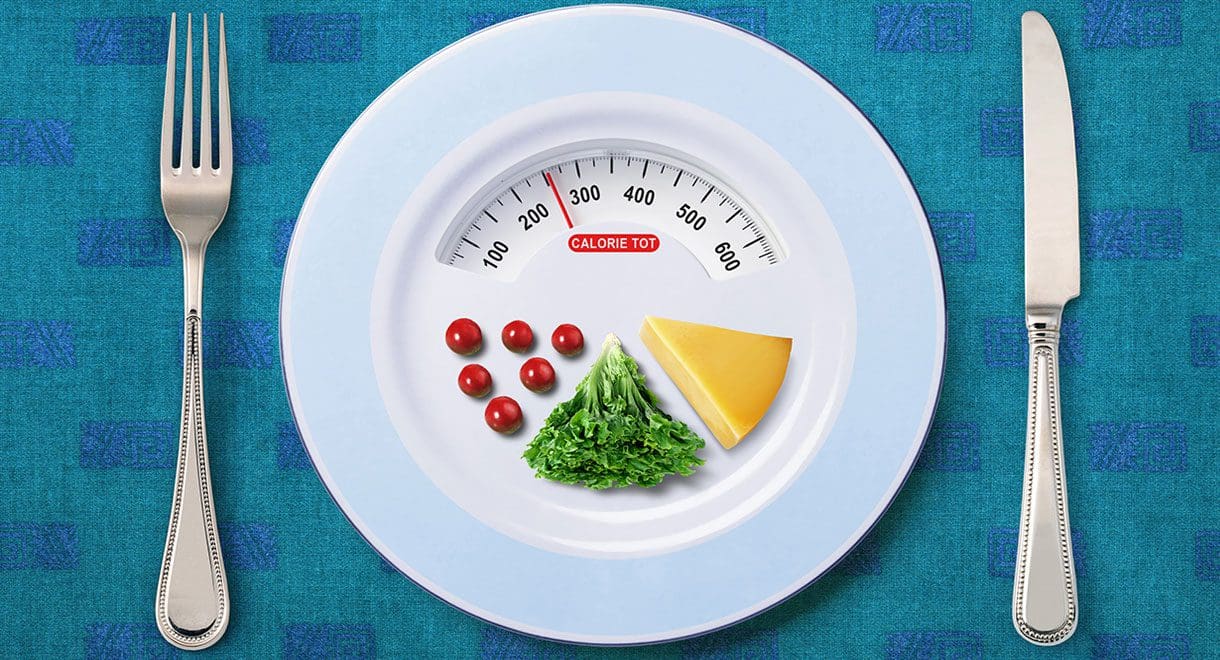
Portion sizes
So, how much should your steak weigh? How many cups of rice can you have with dinner? What does 2 & 5 serves of fruit and veg look like?
- Vegetables: 1 cup leafy greens, ½ medium potato, 1 tomato or ½ cup cooked vegetables (such as broccoli or carrots) equal a portion size. You need to be eating at least 5 portions of vegetables per day to maintain overall health, not including potatoes. How many serves of vegetables do you eat on a daily basis?
- Fruit: A single serving of fruit is equal to a medium sized pieced of fruit (such as a banana or orange), 2 small pieces of fruit (such as a kiwi fruit) or 30g of dried fruit. The recommendation for fruit intake is 2 serves daily.
- Animal protein: 115g of raw fish, 100g raw poultry, 2 eggs or 95g of raw red meat equates to a standard portion. You know what this means? That 400g ribeye that you get at the pub is 4 times larger than you should be eating!
- Vegetable protein: If you eat 1 cup of cooked beans or legumes, 170g of tofu or tempeh, or 30g of nuts and seeds you will be achieving a single portion size. This is important to note when eating a vegetarian meal, that you need more than a few chickpeas sprinkled over your salad to reach your protein needs.
- Dairy products: One serving of milk is 1 cup, a serving of yoghurt is ¾ of a cup and a serving of cheese is about 40g, or two slices. This is the same for non-dairy milk alternatives.
- Grains: One serve of grains equates to ½ cup of cooked rice or pasta, 1 slice of bread, or ½ cup cooked porridge. The majority of people eat a much larger portion of carbohydrates than a standard serve. These are very dense in energy (calories) and are converted into fat storage in the body when consumed in excess.
According to the Australian Dietary Guidelines, one serving of grains, dairy or protein will provide about 500-600 kilojoules or 125-150 calories. Compare this to fruit and vegetables- 2 serves of fruit, 2 serves of vegetables or a whopping 5 serves of leafy greens will provide you with the same number of kilojoules as one single serve from the other food groups. You know what this means? You can essentially eat as many vegetables as you need to fill you up, and you will be more likely to reach your weight loss goals, than if you were loading up on pasta or bread. Half of your plate should be made up of vegetables and fruit, with a quarter for protein and a quarter for grains. This is referred to as the ‘healthy plate’ and you can base your meals around this ratio.
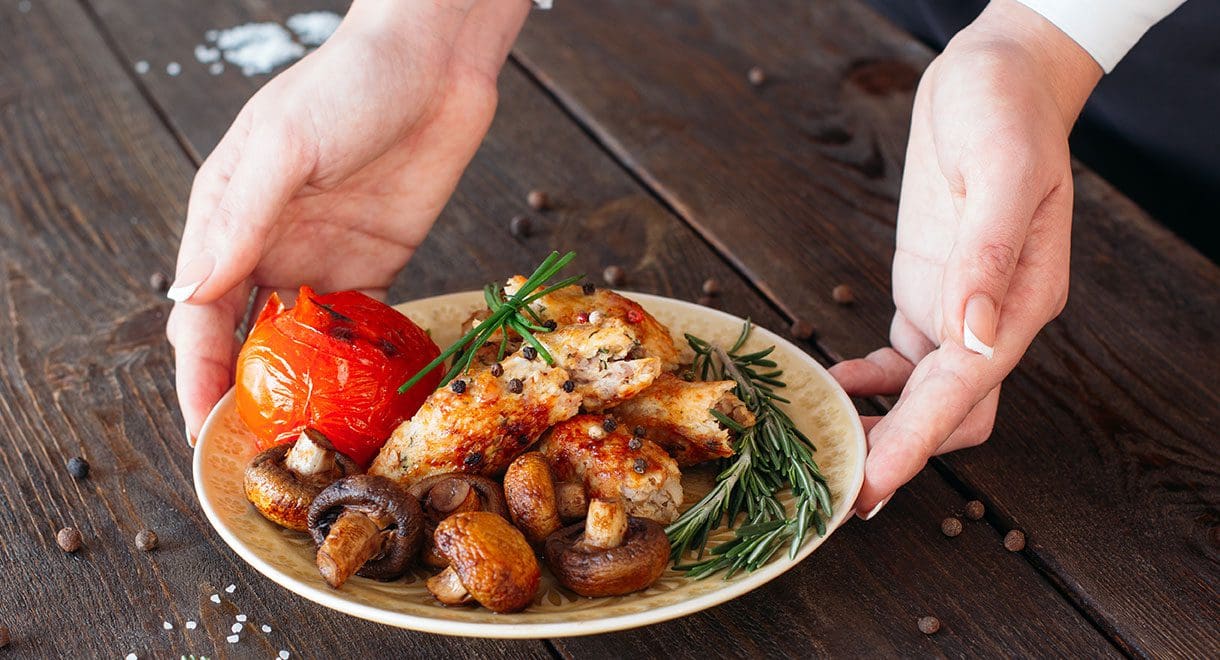
Portion illusion
A piece of meat the size of your palm, with a half cup of brown rice may look pretty pathetic on your large dinner plate. This may leave you feeling as though you have only eaten a ‘tiny’ portion of food, increasing the likelihood of a snack binge later. Simply serving your meal on a smaller, entrée-sized plate creates a visual illusion of a larger portion of food. This can trick your brain into thinking that you’re eating more than you actually are, which will signal your hunger hormones to tell you that you’re full. Using a smaller plate will also stop you from serving yourself a larger portion of food, simply to fill the plate. Using smaller utensils will also slow you down, allowing you to better digest your food, and fill you up quicker.
So, next time you’re cooking up a storm in the kitchen, be conscious of your portion sizes. You are now armed with the knowledge you need to create a perfectly portioned balanced meal. You will be surprised by how much this can affect your weight goals.


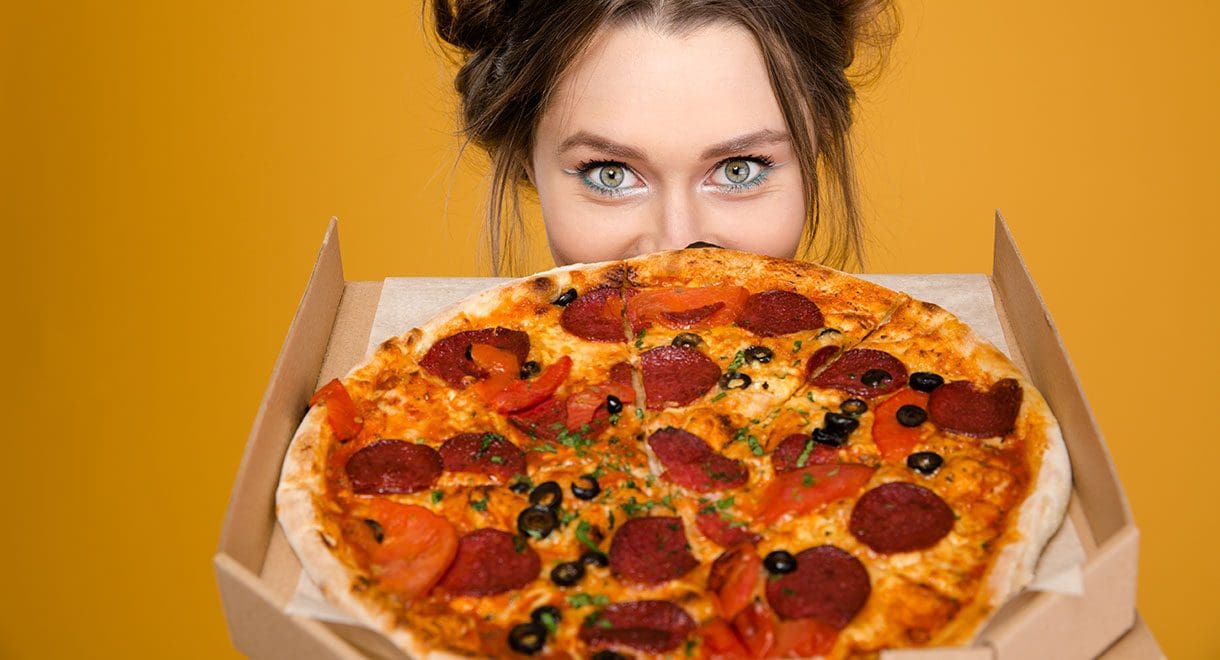





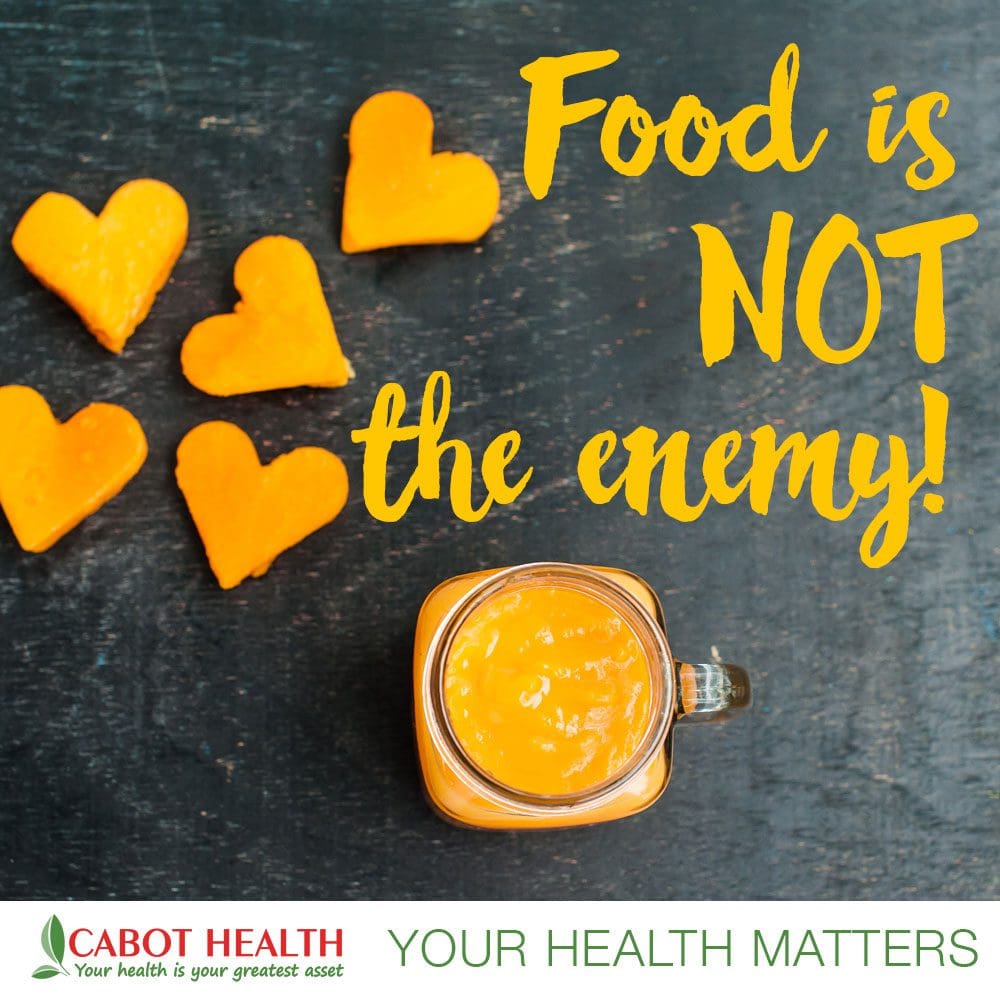


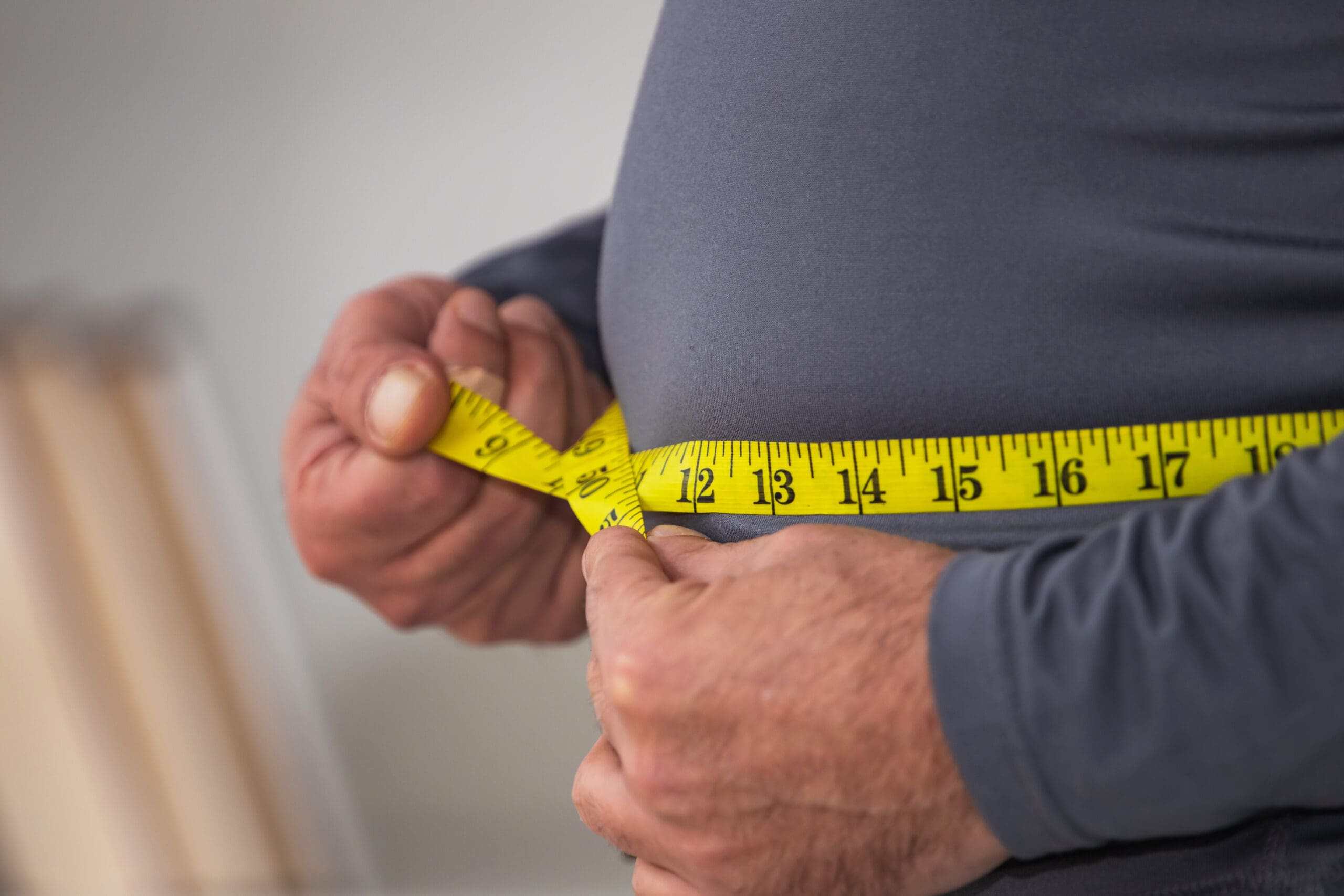
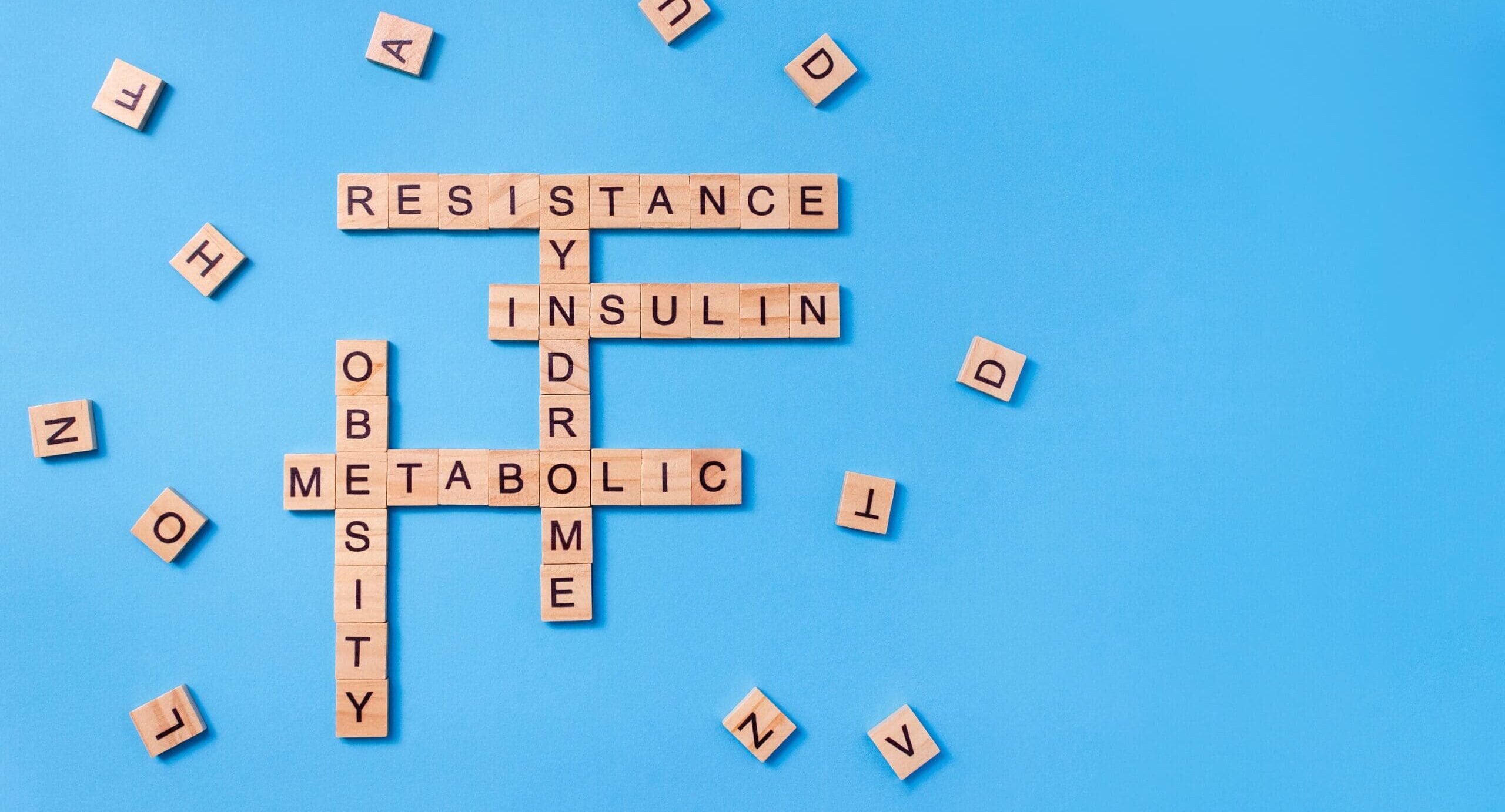
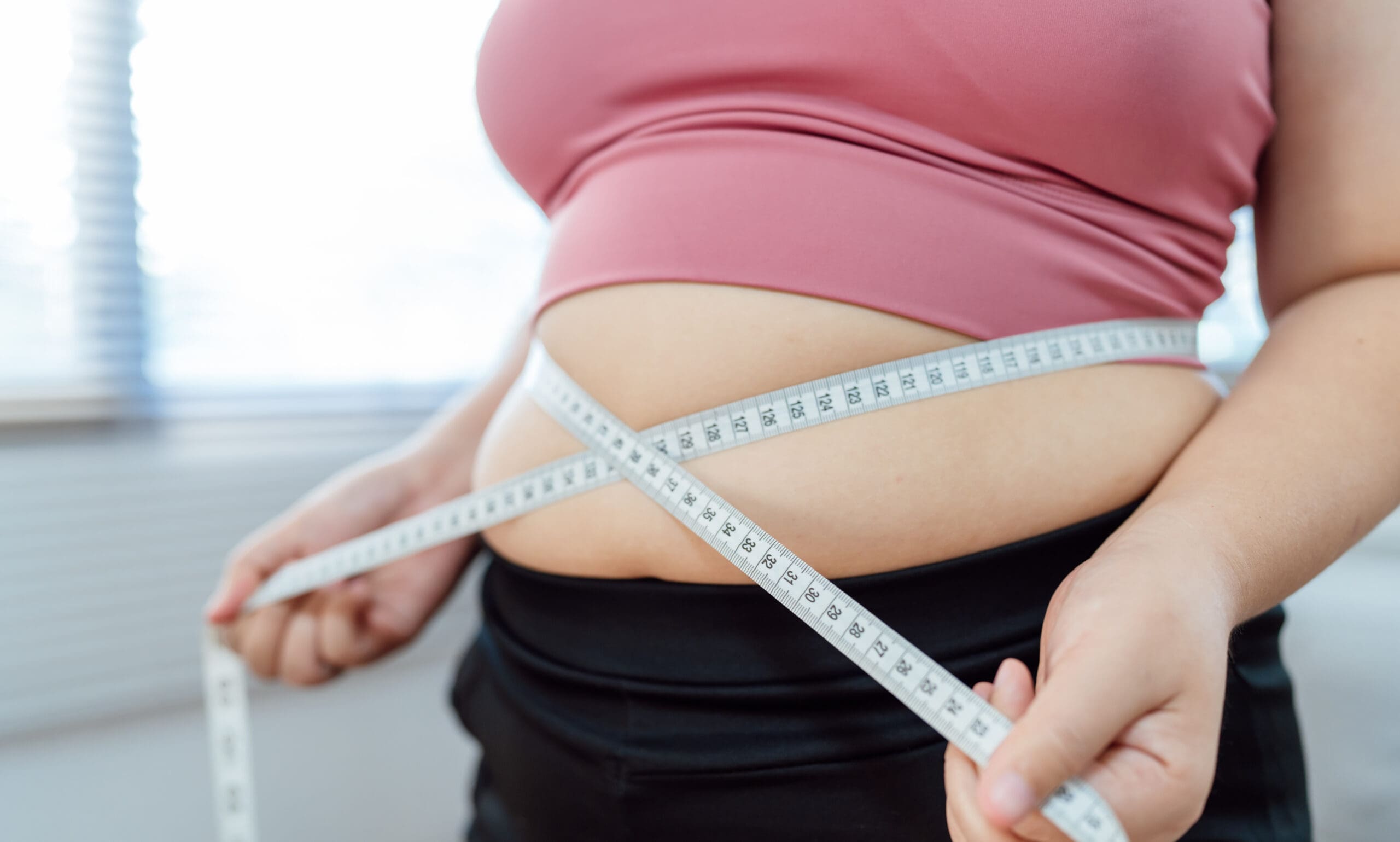

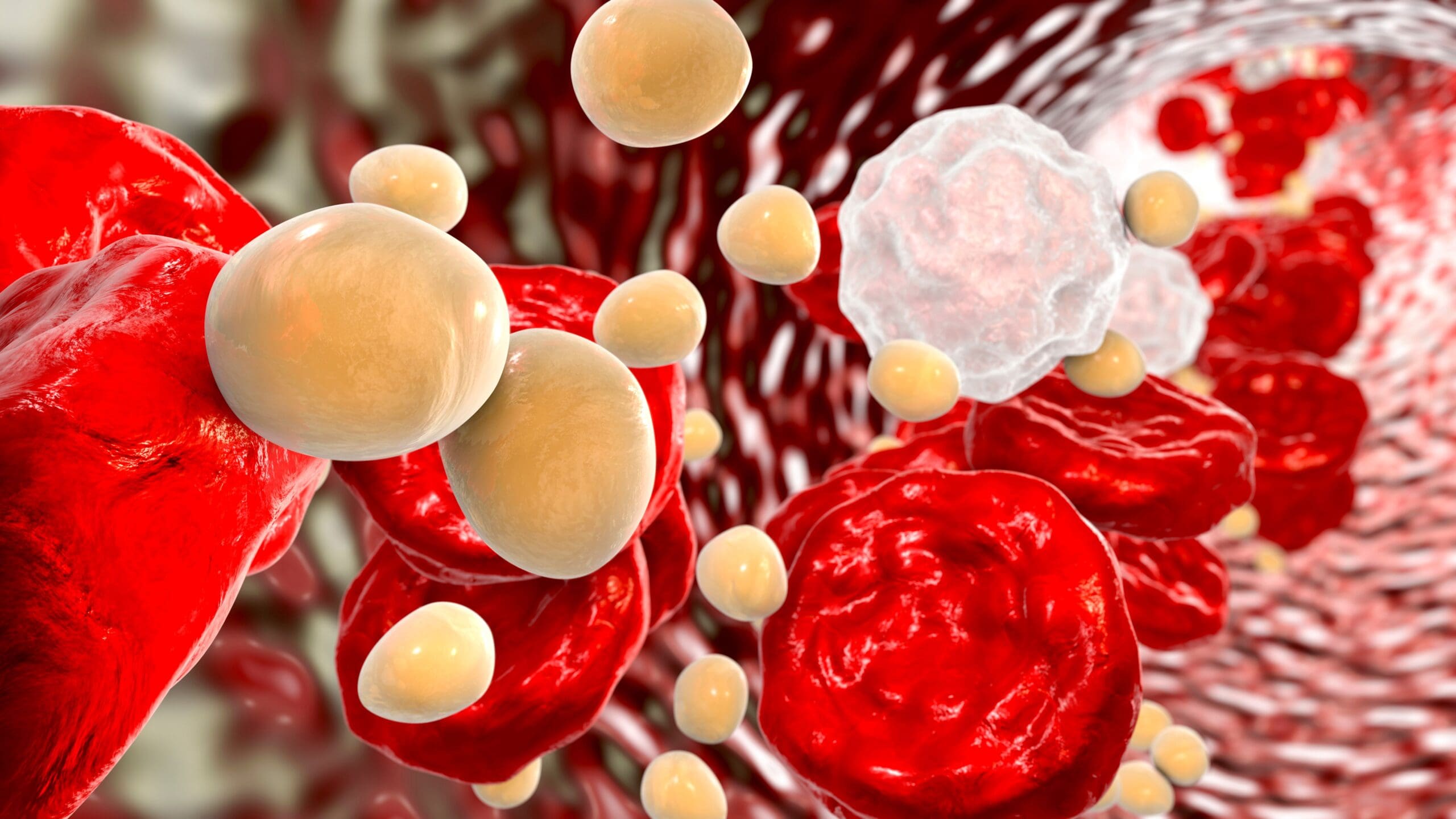
Leave A Comment